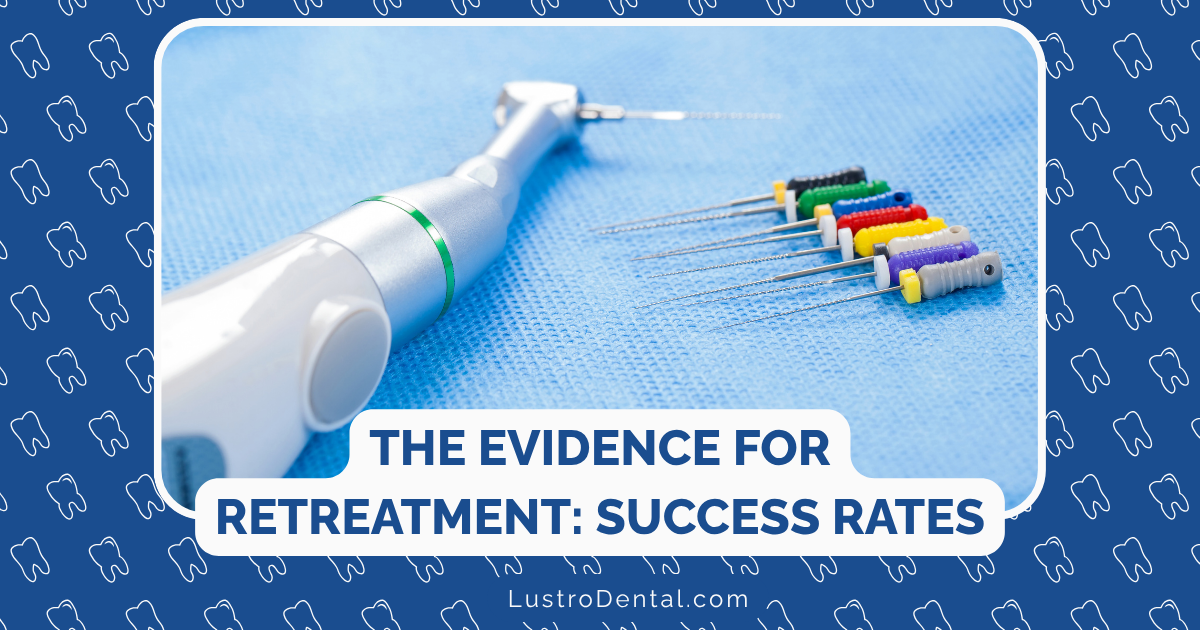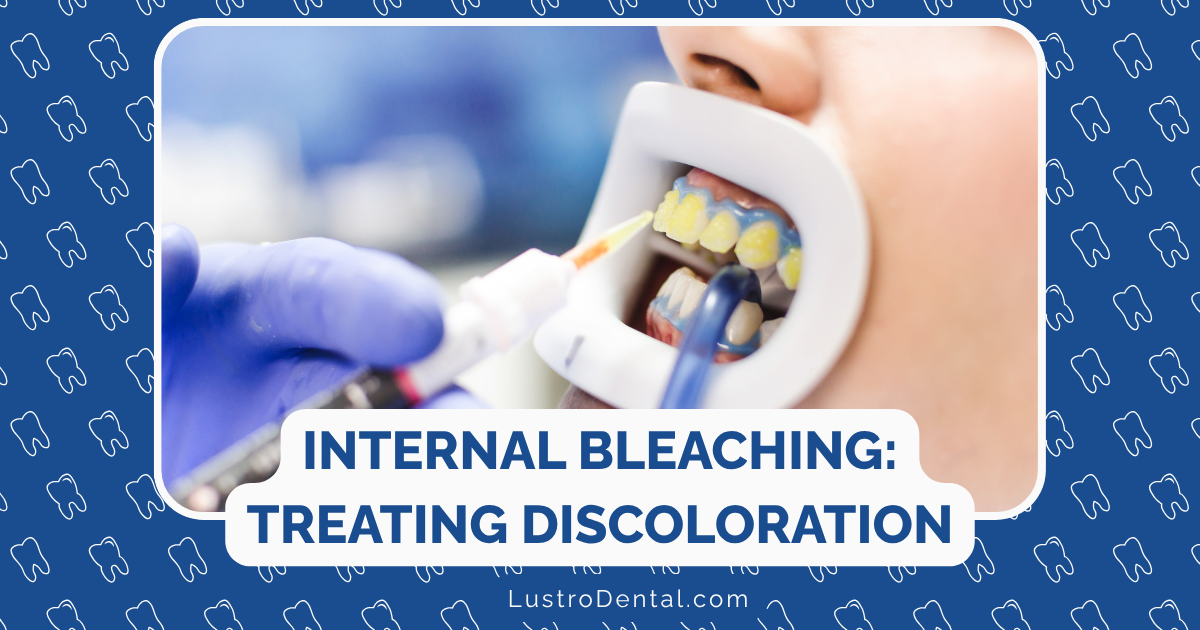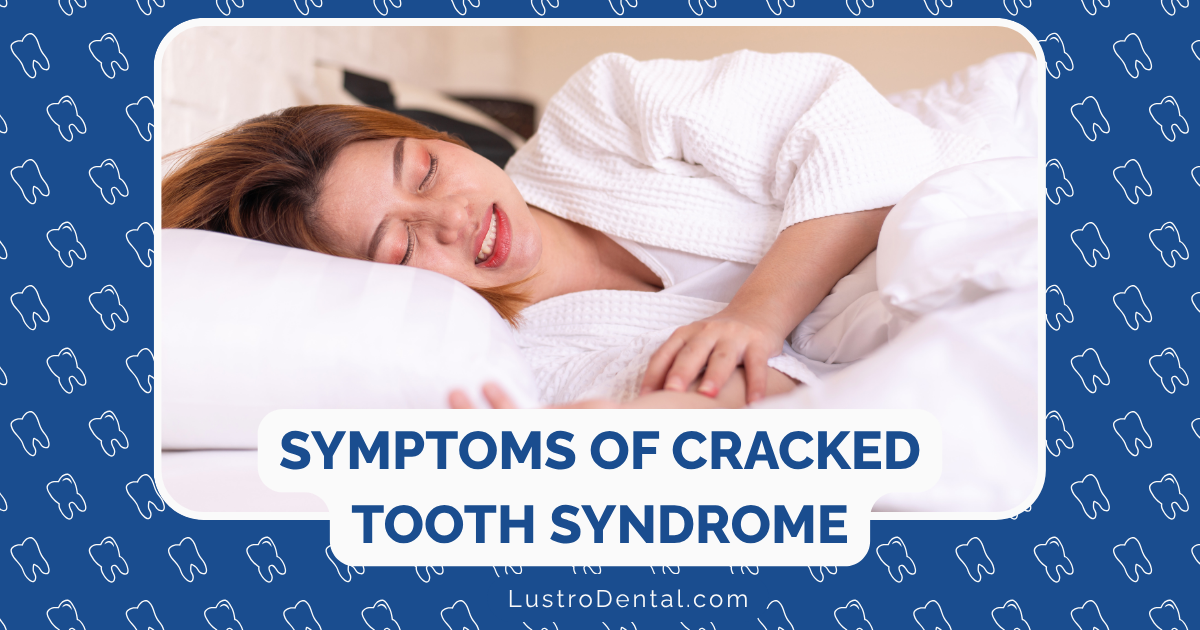Success Rates of Endodontic Retreatment: Statistics and Case Studies

When a root canal treatment fails, patients often face uncertainty about whether to pursue retreatment or explore other options. A common question is: “If it didn’t work the first time, what are the chances it will work now?” This concern is entirely reasonable, and having access to evidence-based information about retreatment success rates can help patients and practitioners make informed decisions.
In this comprehensive analysis, we’ll explore the latest statistics on endodontic retreatment success, examine factors that influence outcomes, and review illuminating case studies that demonstrate the potential for successful intervention even in challenging scenarios.
Understanding Endodontic Retreatment Success: The Numbers
Success in endodontic treatment is typically defined as the absence of clinical symptoms and radiographic evidence of healing. However, it’s important to note that different studies use varying criteria to evaluate success, which can affect reported rates.
Current Success Rate Statistics
Recent research provides encouraging data about retreatment outcomes:
Strict vs. Loose Criteria
A 2023 meta-analysis published in the Journal of Dentistry found that non-surgical root canal retreatment has success rates of:
- 71% (95% CI: 66%-76%) using strict criteria for 1-3 years follow-up
- 87% (95% CI: 79%-93%) using loose criteria for 1-3 years follow-up
- 77% (95% CI: 66%-86%) using strict criteria for 4-5 years follow-up
The difference between “strict” and “loose” criteria is significant. Strict criteria typically require complete radiographic healing and absence of all symptoms, while loose criteria may accept incomplete healing with no clinical symptoms.
Comprehensive Analysis from 2024
A more recent systematic review published in the Journal of Endodontics in 2024 analyzed 29 studies and reported:
- 78.8% (95% CI: 75.2-82.4) periapical healing rate using strict criteria
- 87.5% (95% CI: 83.8-91.2) periapical healing rate using loose criteria
- 78.0% (95% CI: 74.9-81.2) overall success rate with strict criteria
- 86.4% (95% CI: 82.6-90.1) overall success rate with loose criteria
These figures represent significant improvements over older studies, reflecting advancements in techniques, materials, and technology.
Long-Term Survival Rates
Beyond immediate success, the long-term survival of retreated teeth is a critical consideration. A 2023 8-year follow-up study comparing endodontic retreatment to extraction and implant reported:
- 85.1% survival rate for retreated teeth after 8 years
- 80.5% success rate (defined as survival without complications) for retreated teeth
Another study published in the Journal of Endodontics found 5-year survival rates of:
- 90.85% for teeth receiving initial root canal treatment
- 88.42% for teeth receiving nonsurgical retreatment
These figures demonstrate that while retreatment may have slightly lower success rates than initial treatment, the difference is relatively small, and the vast majority of retreated teeth continue to function well for many years.
Success Rates in Special Cases
Some specific retreatment scenarios have their own success metrics:
- 84.82% success rate for orthograde retreatment after failed apicectomy, according to a 2024 study in the International Endodontic Journal
- 75% overall success rate in a retrospective analysis of 250 retreatment cases, as reported in a 2024 clinical study
Factors Influencing Retreatment Success
Understanding the variables that affect retreatment outcomes can help with case selection and treatment planning. Research has identified several key factors:
1. Preoperative Factors
Periapical Status
The presence and size of periapical lesions significantly impact retreatment success:
- Teeth with periapical lesions show lower success rates under strict criteria
- The odds of success decrease by approximately 14% for every 1mm increase in lesion diameter
- A 2024 study found that teeth with larger periapical lesions and higher initial Periapical Index (PAI) scores had lower success rates
Dr. Sarah Johnson, endodontist at University Dental Center, explains: “The size of the periapical lesion is one of the strongest predictors of retreatment outcomes. Larger lesions typically contain more diverse and established microbial communities, making complete disinfection more challenging.”
Tooth Type and Anatomy
- Maxillary molars generally show lower success rates due to complex anatomy
- The presence of multiple canals (found in 64% of retreatment cases in one study) complicates treatment
- Missed canals are a common cause of initial treatment failure and can affect retreatment outcomes if not addressed
Patient Factors
- Age influences healing capacity, with older patients showing somewhat lower success rates
- Systemic conditions like diabetes can negatively impact healing
- The presence of a sinus tract is associated with reduced healing outcomes
2. Intraoperative Factors
Instrumentation Techniques
A 2024 retrospective analysis found:
- Rotary instrumentation was significantly associated with higher success rates compared to hand instrumentation (P 50%) at 1-year recall
- Complete healing observed at 3-year follow-up
This case illustrates that even large periapical lesions can respond favorably to nonsurgical retreatment when proper protocols are followed.
Comparing Success Rates: Retreatment vs. Alternatives
When considering retreatment, it’s helpful to understand how its success rates compare to alternative treatments:
Retreatment vs. Initial Treatment
- Initial root canal treatment: 86.02% success rate
- Nonsurgical retreatment: 78.2% success rate
While retreatment has a slightly lower success rate, the difference is modest, and both approaches have good outcomes.
Retreatment vs. Surgical Endodontics
- Nonsurgical retreatment: 78.2% success rate
- Surgical endodontic treatment: 63.4% success rate
Traditional surgical approaches show lower success rates than nonsurgical retreatment, though modern microsurgical techniques have improved surgical outcomes significantly.
Retreatment vs. Extraction and Implant
The 8-year comparative study mentioned earlier found:
- Retreatment: 85.1% survival rate, 80.5% success rate
- Implants: 98.2% survival rate, 93.9% success rate
While implants show higher success rates, it’s important to note that retreated teeth still have excellent long-term outcomes, and preserving natural teeth offers biological and functional advantages that statistics alone don’t capture.
Improving Retreatment Outcomes: Current Best Practices
Based on the latest research, several approaches can enhance retreatment success:
1. Advanced Imaging for Diagnosis and Planning
- CBCT imaging is now considered the gold standard for retreatment planning
- 3D visualization allows for identification of missed canals, fractures, and other complications
- Accurate assessment of periapical lesions guides treatment decisions
2. Magnification and Specialized Equipment
- Dental operating microscopes significantly improve visualization
- Ultrasonic instruments enable conservative access and precise management of complications
- Specialized retreatment files facilitate efficient removal of previous filling materials
3. Enhanced Disinfection Protocols
- Activation of irrigants using ultrasonic or sonic devices improves disinfection
- Extended irrigation with sodium hypochlorite and EDTA removes the smear layer and biofilms
- Intracanal medicaments like calcium hydroxide may improve outcomes in infected cases
4. Focus on Coronal Seal
- Immediate placement of a definitive restoration after retreatment
- Use of adhesive materials to prevent coronal leakage
- Consideration of cuspal coverage to protect remaining tooth structure
Dr. Lisa Wong, endodontist at Advanced Endodontic Center, emphasizes: “The quality of the coronal restoration is just as important as the quality of the retreatment itself. Even the most perfect retreatment can fail if bacteria are allowed to re-enter the canal system through a poor coronal seal.”
Future Trends in Endodontic Retreatment
Several emerging approaches show promise for further improving retreatment outcomes:
Regenerative Approaches
- Use of growth factors to stimulate healing of periapical tissues
- Stem cell therapies to promote regeneration rather than repair
- Bioactive materials that interact positively with surrounding tissues
AI-Assisted Diagnosis and Treatment Planning
- Artificial intelligence algorithms to help identify missed canals and other complications
- Automated analysis of CBCT data to guide treatment decisions
- Prediction models for treatment outcomes based on case characteristics
Minimally Invasive Techniques
- Guided endodontic access to preserve tooth structure
- Novel instruments designed specifically for retreatment cases
- Less invasive approaches to managing complications like separated instruments
Conclusion: The Promise of Endodontic Retreatment
The statistics and case studies presented here paint an encouraging picture of endodontic retreatment. With success rates ranging from 78-87% and long-term survival rates exceeding 85%, retreatment offers an excellent option for preserving natural teeth that have experienced previous endodontic failure.
Modern techniques, advanced imaging, and a better understanding of the factors influencing outcomes have transformed retreatment into a highly predictable procedure. While success is never guaranteed, the evidence suggests that with proper case selection and technique, the vast majority of retreated teeth can be saved and remain functional for many years.
For patients facing decisions about failed root canal treatments, these statistics provide reassurance that retreatment is often worth considering before moving to more invasive or costly alternatives. And for practitioners, the growing body of evidence offers valuable guidance for case selection, treatment planning, and clinical techniques that maximize the chances of successful outcomes.
As technology continues to advance and our understanding of endodontic disease evolves, we can expect retreatment success rates to improve even further, reinforcing the value of this important treatment option in preserving natural dentition.
Have you had experience with endodontic retreatment? Whether as a patient or practitioner, we’d love to hear your perspective in the comments below!







